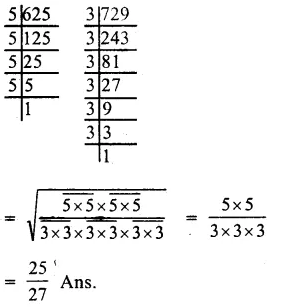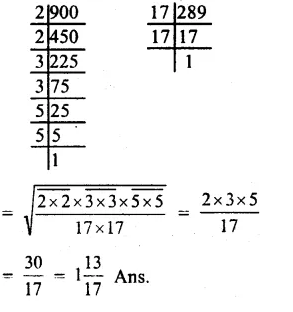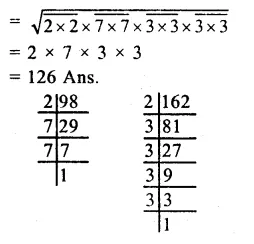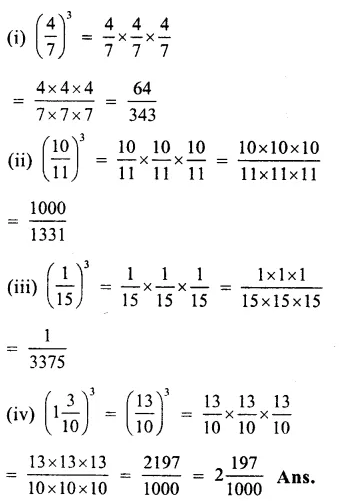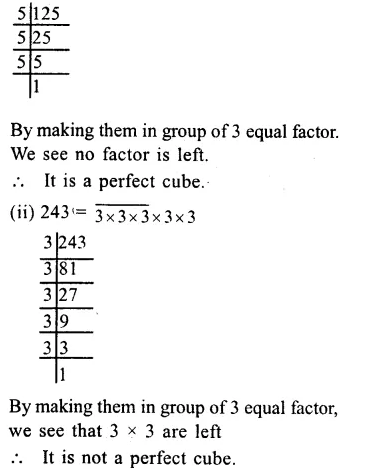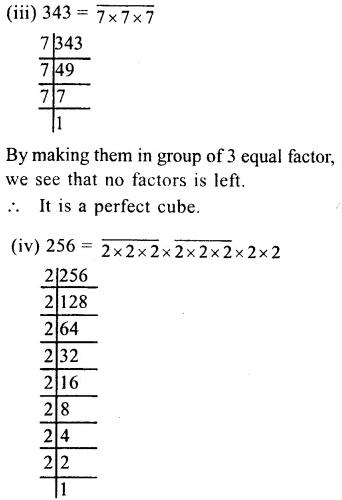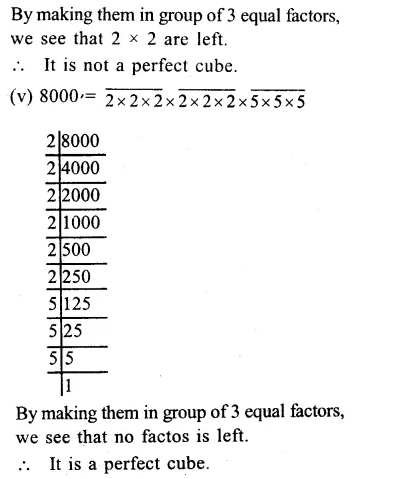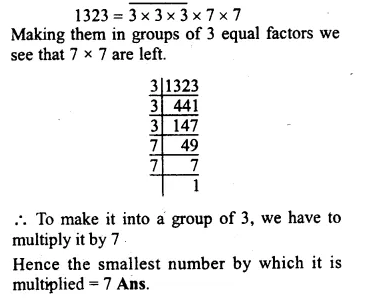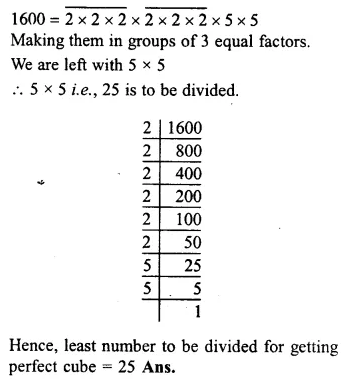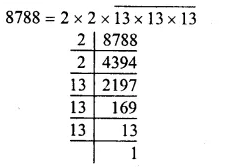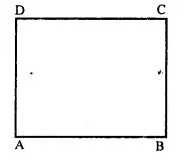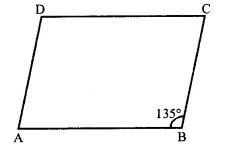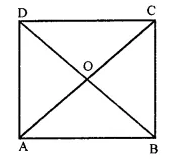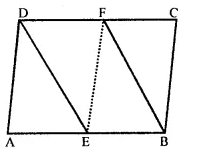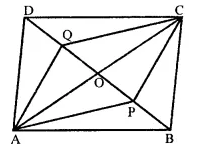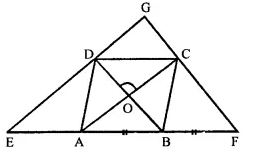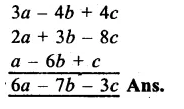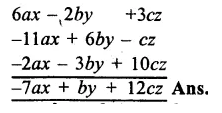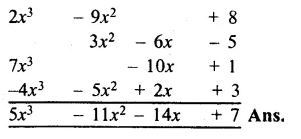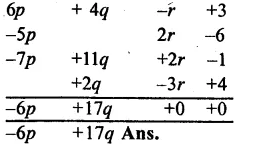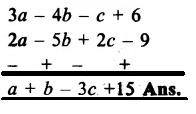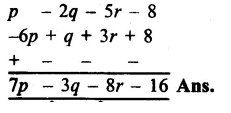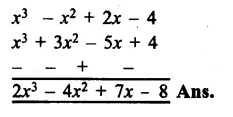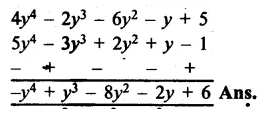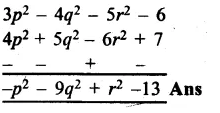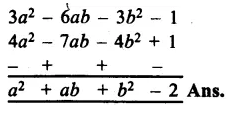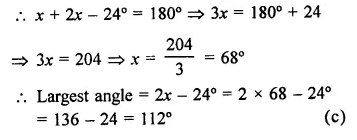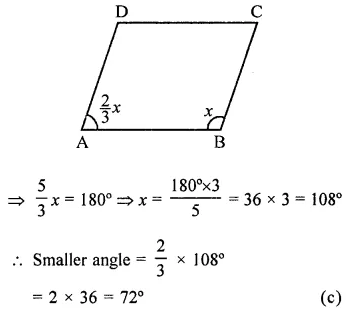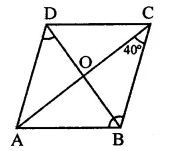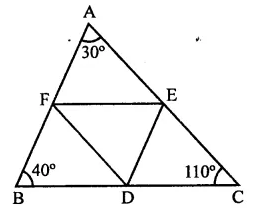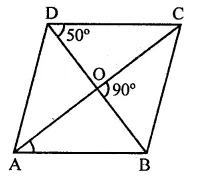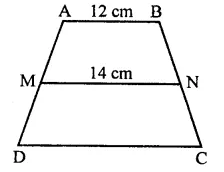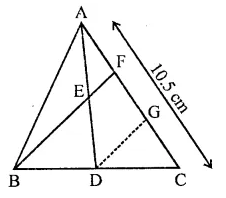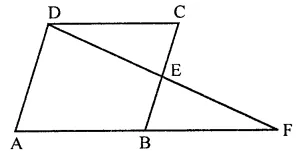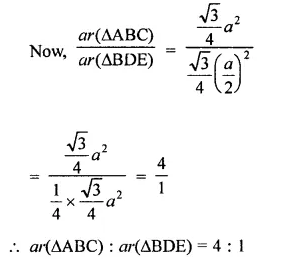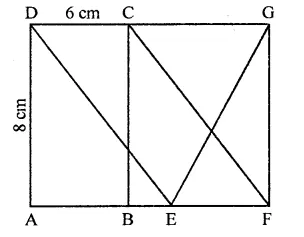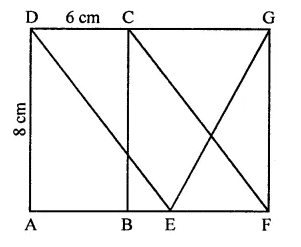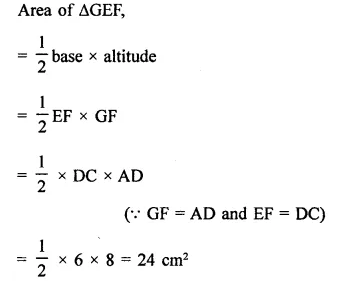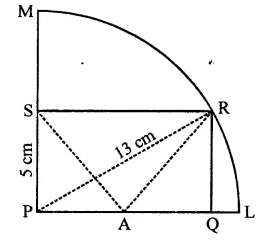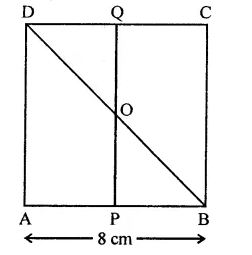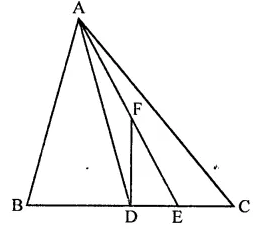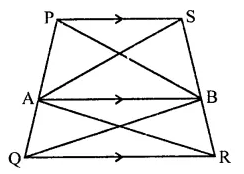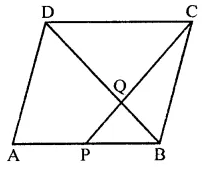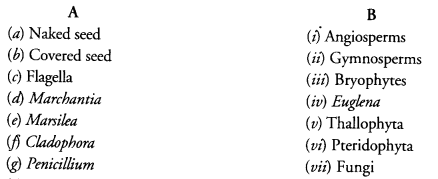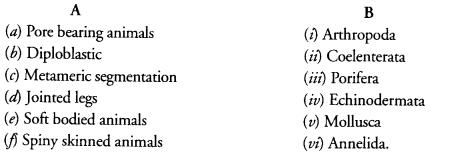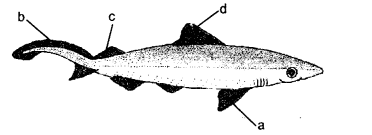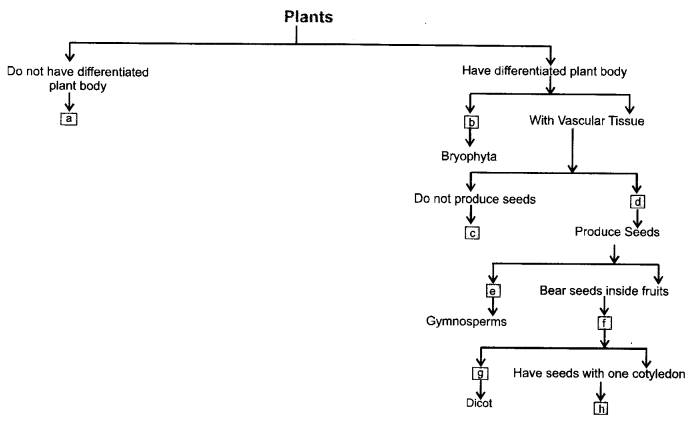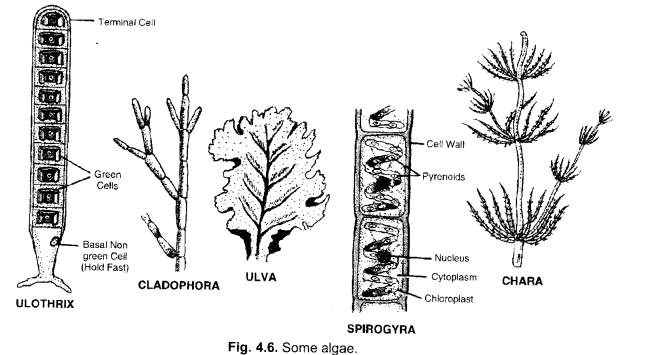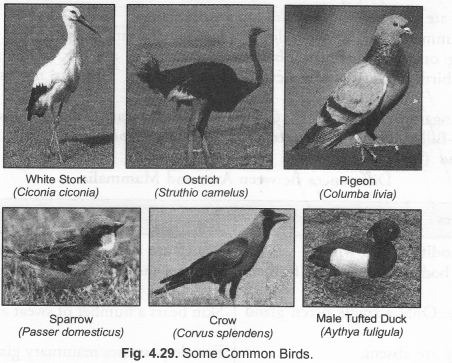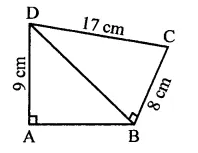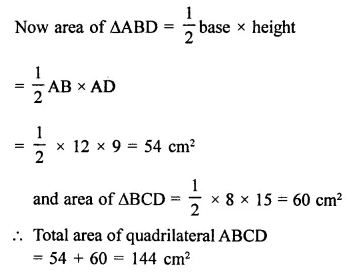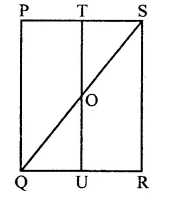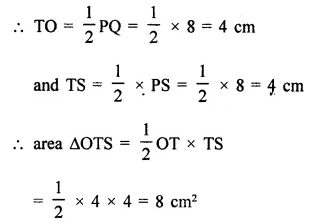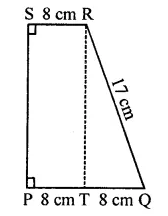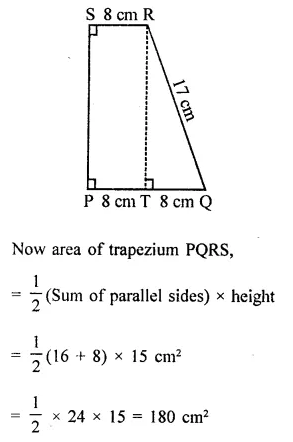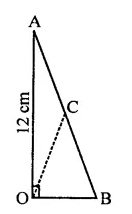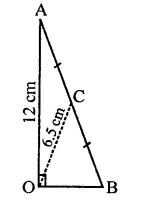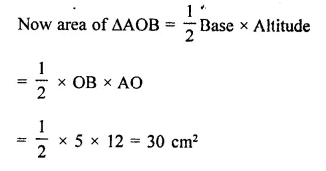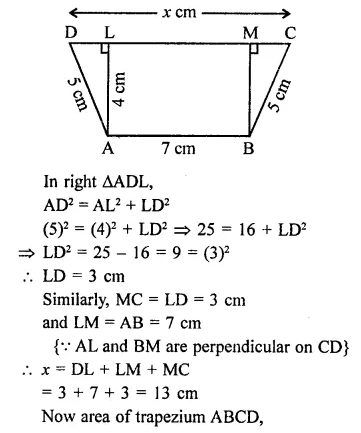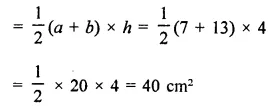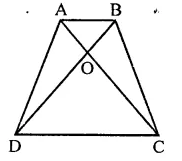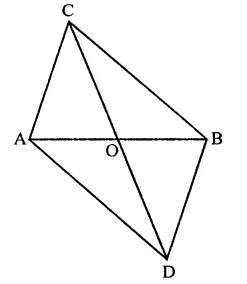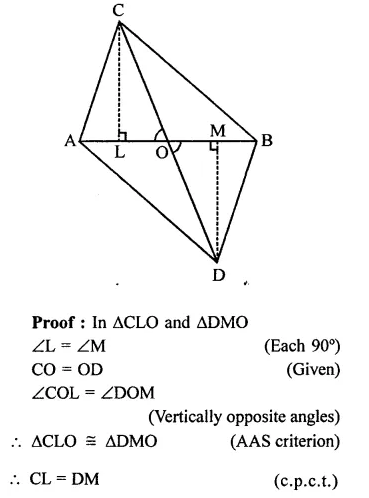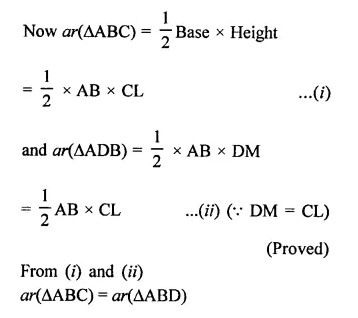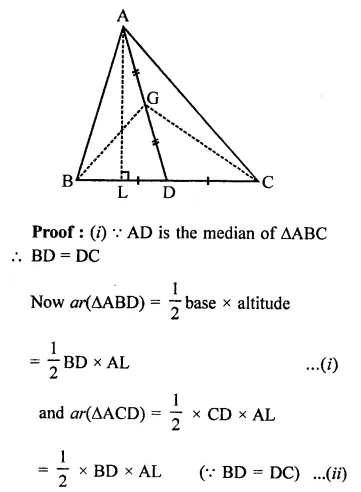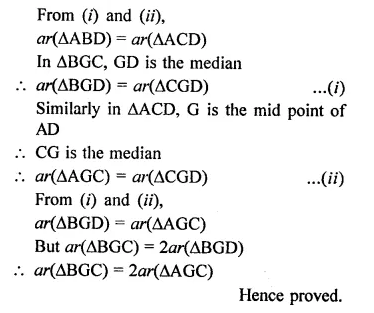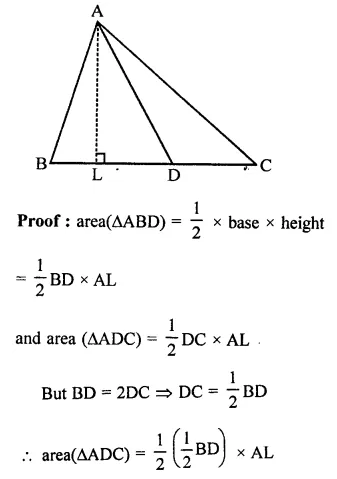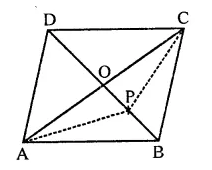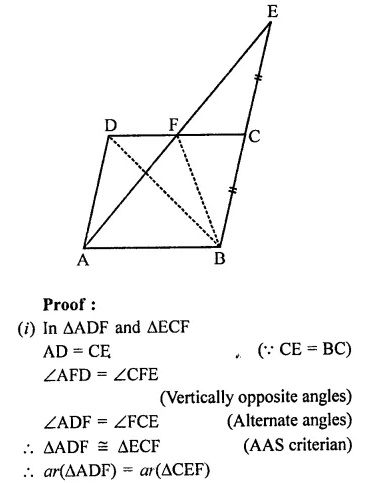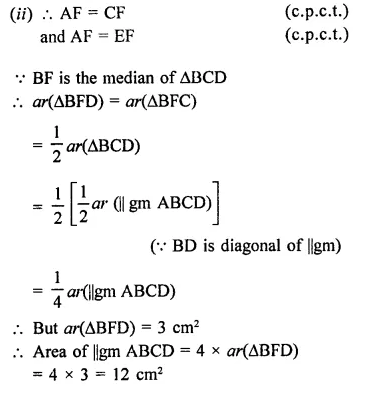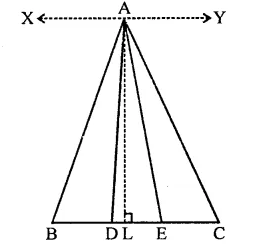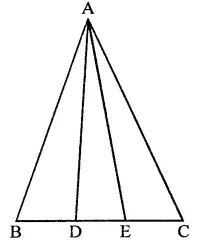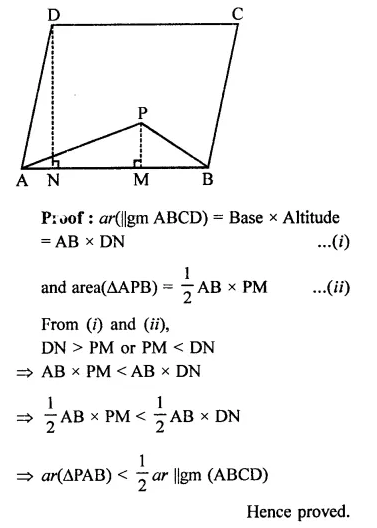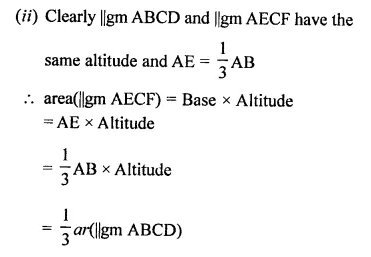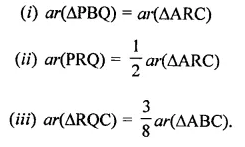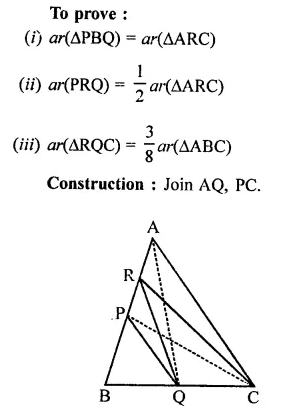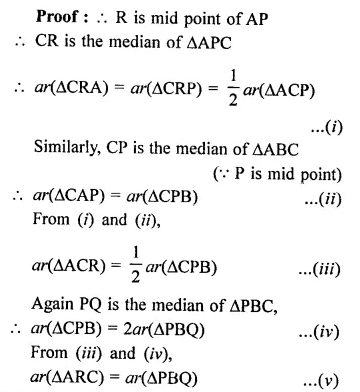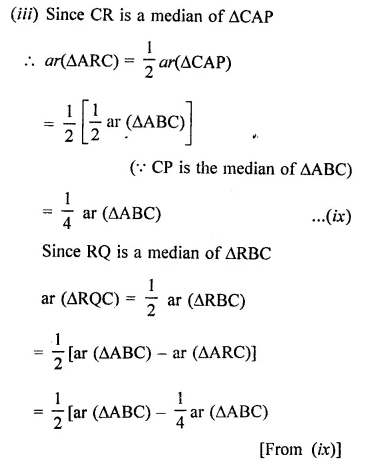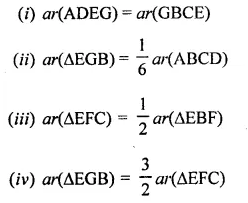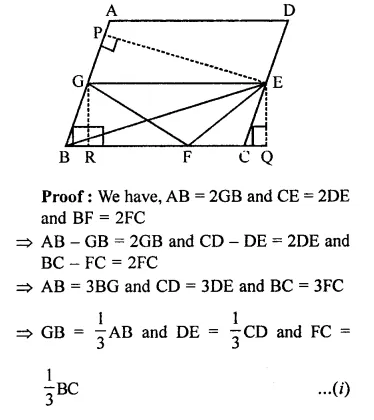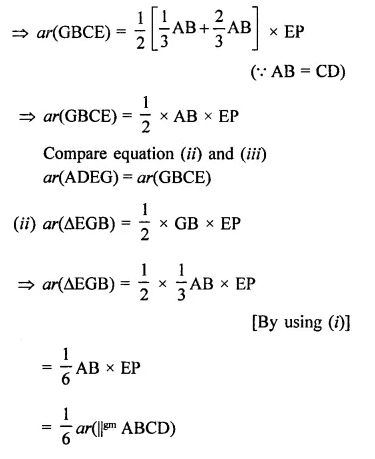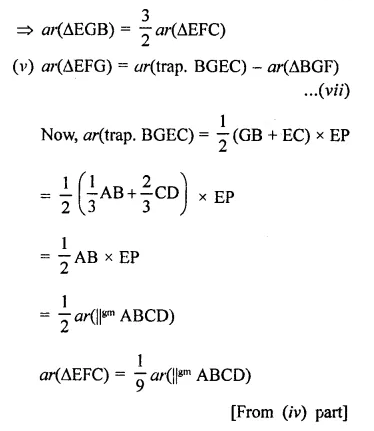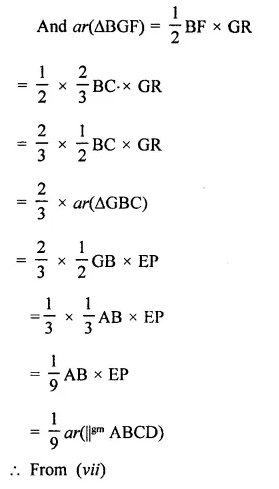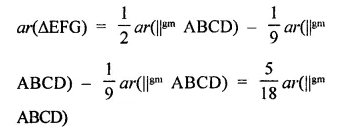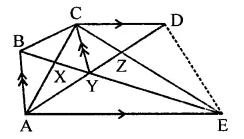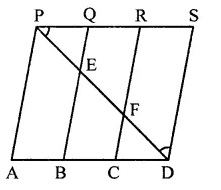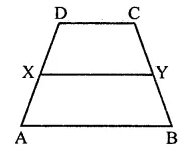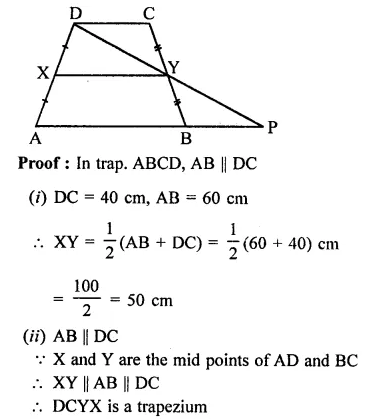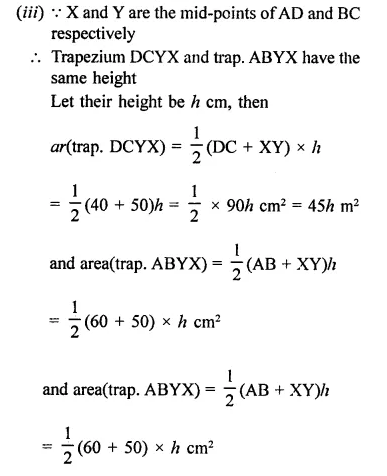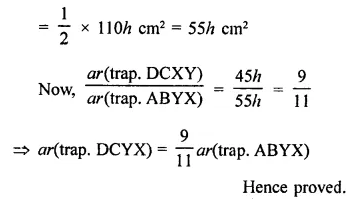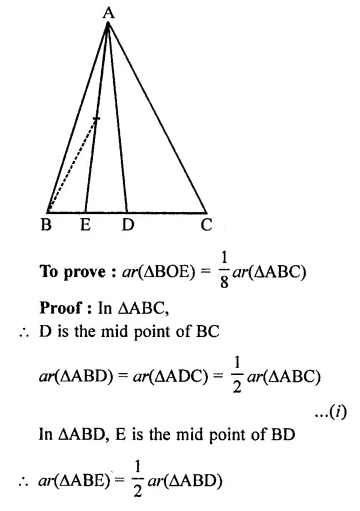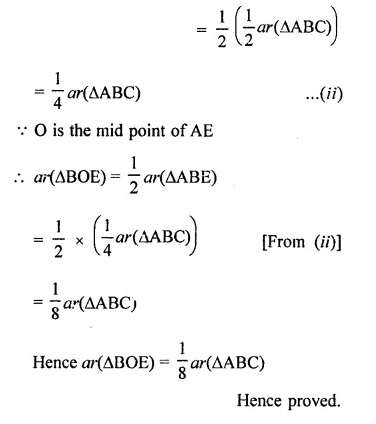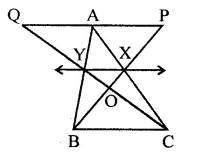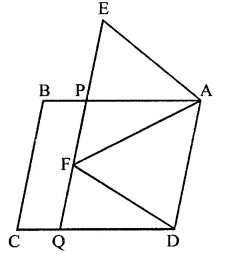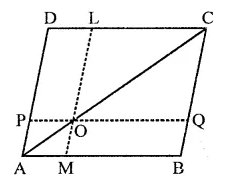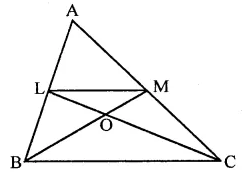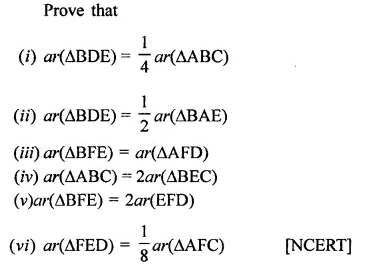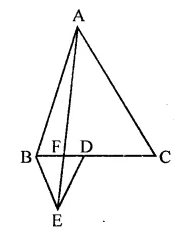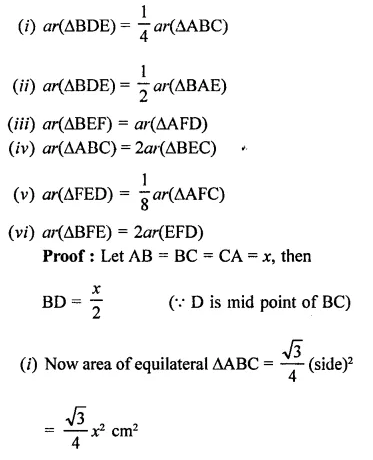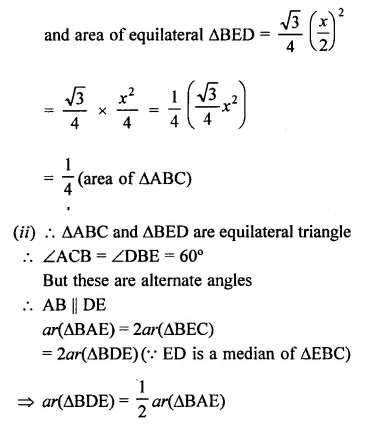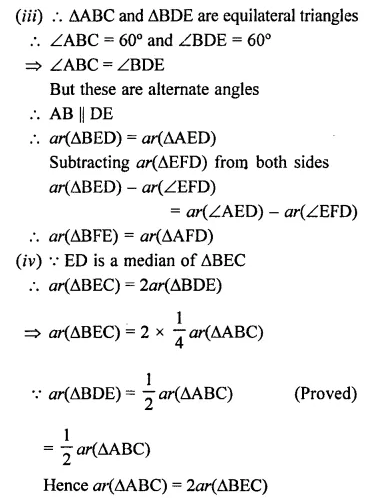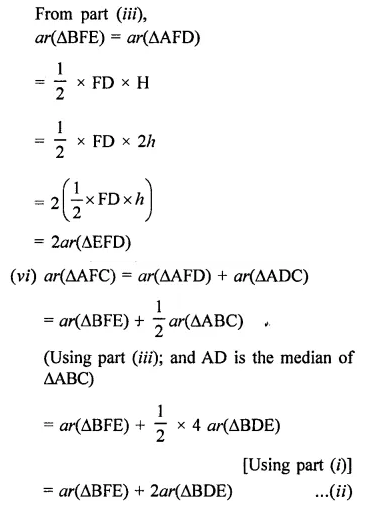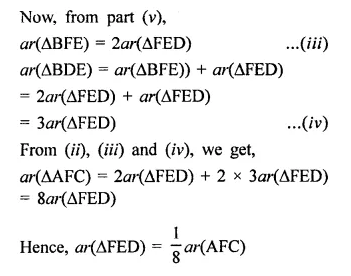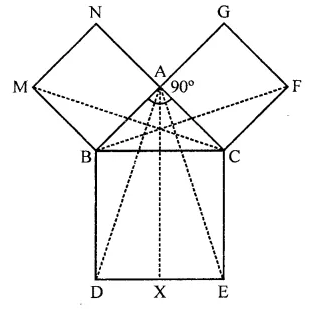RS Aggarwal Class 8 Solutions Chapter 5 Playing with Numbers Ex 5B
These Solutions are part of RS Aggarwal Solutions Class 8. Here we have given RS Aggarwal Solutions Class 8 Chapter 5 Playing with Numbers Ex 5B.
Other Exercises
- RS Aggarwal Solutions Class 8 Chapter 5 Playing with Numbers Ex 5A
- RS Aggarwal Solutions Class 8 Chapter 5 Playing with Numbers Ex 5B
- RS Aggarwal Solutions Class 8 Chapter 5 Playing with Numbers Ex 5C
- RS Aggarwal Solutions Class 8 Chapter 5 Playing with Numbers Ex 5D
Question 1.
Solution:
We know that a number is divisible by 2 if its unit digit is 0, 2, 4, 6 or 8
Therefore, (i) 94, (ii) 570, (iv) 2398,(v) 79532 and (vi) 13576 are divisible by 2.
Question 2.
Solution:
We know that a number is divisible by 5 if its unit digit is 0 or 5.
Therefore, (i) 95, (ii) 470, (iv) 2735, (vi) 35790, (vii) 98765 and (ix) 77990 are divisible by 5.
Question 3.
Solution:
We know that a number is divisible by 10 if its unit digit is zero.
Therefore, (ii) 90 and (iv) 57930 are divisible by 10.
Question 4.
Solution:
We know that a number is divisible by 3 if the sum of its digits is divisible by 3. Therefore
(i) 83 – 8 + 3 = 11,not divisible by 3
(ii) 378 – 3 + 7 + 8 = 18, is divisible by 3
(iii) 474 – 4 + 7 + 4 = 15, is divisible by 3
(iv) 1693 – 1 + 6 + 9 + 3 = 19, is divisible by 3
(v) 20345 – 2 + 0 + 3 + 4 + 5 = 14 is not divisible by 3
(vi) 67035 – 6 + 7 + 0 + 3 + 5 = 21 is divisible by 3
(vii)591282 – 5 + 9 + 1 + 2 + 8 = 27 is divisible by 3
(viii)903164 – 9 + 0 + 3 + 1 + 6 + 4 = 23,is not divisible by 3
(ix) 100002 – 1 + 0 + 0 + 0 + 0 + 2 = 3,is divisible by 3
Question 5.
Solution:
We know that a number is divisible by 9, if the sum of its digits is divisible by 9. Therefore,
(i) 327 = 3 + 2 + 7 = 12,is not divisible by 9
(ii) 7524 = 7 + 5 + 2 + 4 = 18, is divisible by 9
(iii) 32022 = 3 + 2 + 0 + 2 + 2 = 9,is divisible by 9
(iv) 64302 = 6 + 4 + 3 + 0 + 2 = 15, is not divisible by 9
(v) 89361= 8 + 9 + 3 + 6 + 1 = 27 is divisible by 9
(vi)14799 = 1 + 4 + 7 + 9 + 9 = 30,is not divisible by 9
(vii) 66888 = 6 + 6 + 8 + 8 + 8 = 36, is divisible by 9
(viii) 30006 = 3 + 0 + 0 + 0 + 6 = 9, is divisible by 9
(ix) 33333 = 3 + 3 + 3 + 3 + 3 = 15 is not divisible by 9
Question 6.
Solution:
We know that a number is divisible by 4, only when the number formed by its last two digits is divisible by 4.
Therefore,
(i) 134, is not divisible by 4 as last two digits 34 is not divisible by 4.
(ii) 618, is not divisible by 4 as last two digits 18 is not divisible by 4.
(iii) 3928, is divisible by 4 as last two digits 28 is divisible by 4.
(iv) 50176, is not divisible by 4 as last two digits 76 is not divisible by 4.
(y) 39392, is not divisible by 4 as last two digits 92 is not divisible by 4.
(vi) 56794, is not divisible by 4 as last two digits 94 is not divisible by 4.
(vii) 86102, is not divisible by 4 as last two digits 02 is not divisible by 4.
(viii) 66666, is not divisible by 4 as last two digits 66 is not divisible by 4.
(ix) 99918, is not divisible by 4 as last two digits 18 is not divisible by 4.
(x) 77736, is divisible by 4 as last two digits 36 is divisible by 4.
Question 7.
Solution:
A given number is divisible by 8 only when the number formed by its last three digits is divisible by 8.
(i) 6132, is not divisible by 8 as last three digits 132 is not divisible by 8.
(ii) 7304, is divisible by 8 as last three digits 304 is not divisible by 8.
(iii) 59312, is divisible by 8 as last three digits 312 is divisible by 8.
(iv) 66664, is divisible by 8 as last three digits 664 is divisible by 8.
(v) 44444, is not divisible by 8 as last three digits 444 is not divisible by 8.
(vi) 154360, is divisible by 8 as last three digits 360 is not divisible by 8.
(vii) 998818, is not divisible by 8 as last three digits 818 is not divisible by 8.
(viii) 265472, is divisible by 8 as last three digits 472 is divisible by 8.
(ix) 7350162, is not divisible by 8 as last three digits 162 is not divisible by 8.
Question 8.
Solution:
A given number is divisible by 11, if the difference between the sum of its digits at odd places and the sum of its digits at even places, is either O or a number divisible by 11.
(i) 22222
Sum of digit at odd places = 2 + 2 + 2 = 6
Sum of digit at even places = 2 + 2 = 4
Difference of the above sum = 6 – 4 =2,
which is not divisible by 11
22222 is not divisible by 11
(ii) 444444
Sum of digit at odd places = 4 + 4 + 4 = 12
Sum of digit at even places = 4 + 4 + 4 = 12
Difference of the above sum =(12 – 12) = O
444444 is divisible by 11
(iii) 379654
Sum of digit at odd places = 7 + 6 + 4 = 17
Sum of digit at even places = 3 + 9 + 5 = 17
Difference of the above sum = (17 – 17) = 0
379654 is divisible by 11
(iv) 1057982
Sum of digit at odd places = 1 + 5 + 9 + 2 = 17
Sum of digit at even places = 0 + 7 + 8 = 15
Difference of the above sum = (17 – 15) = 2, which is not divisible by 11
1057982 is not divisible by 11
(v) 6543207
Sum of digit at odd places = 6 + 4 + 2 + 7 = 19
Sum of digit at even places = 5 + 3 + 0 = 8
Difference of the above sum = (19 – 8) = 11, Which is divisible by 11
6543207 is divisible by 11
(vi) 818532
Sum of digital to odd places = 1 + 5 + 2 = 8
Sum of digit at even places = 8 + 8 + 3 = 19
Difference of the above sum = 19 – 8 = 11, which is divisible by 11
818532 is divisible by 11
(vii) 900163
Sum of digit at odd places = 0 + 1 + 3 = 4
Sum of digit at even places = 9 + 0 + 6 = 15
Difference of the above sum = (15 – 4) = 11, which is divisible by 11
900163 is divisible by 11
(viii) 7531622
Sum of digit at odd places = 7 + 3 + 6 + 2 = 18
Sum of digit at even places = 5 + 1 + 2 = 8
Difference of the above sum = (18 – 8) = 10, which is not divisible by 11
7531622 is not divisible by 11
Question 9.
Solution:
For testing the divisibility of a number by 7, we proceed according to the
following steps:
Step 1: Double the unit digit of the given number.
Step 2 : Subtract the above number from the number formed by excluding the unit digit of the given number.
Step 3 : 1f the number so obtained is divisible by 7 then the given number is divisible by 7.
(i) 693
Now, 69 – (2 x 3) = 63, which is divisible by 7
693 is divisible by 7
(ii) 7896
Now 789 – (6 x 2) = 777, which is divisible by 7
7896 is divisible by 7
(iii) 3467
Now, 346 – (7 x 2) = 332, which is not divisible by 7
3467 is not divisible by 7
(iv) 12873
Now,1287 – (3 x 2) = 1281, which is divisible by 7
12873 is divisible by 7
(v) 65436
Now, 6543 – (6 x 2) = 6531, which is divisible by 7
65436 is divisible by 7
(vi) 54636
Now, 5463 – (6 x 2) 5451, which is not divisible by 7
54636 is not divisible by 7
(vii) 98175
Now, 9817 – (5 x 2) 9807, which is divisible by 7
98175 is divisible by7
(viii) 88777
Now, 8877 – (7 x 2) = 8863, which is not divisible by 7
88777 is not divisible by 7
Question 10.
Solution:
The given number 7×3 is divisible by 3
The sum of its digits is divisible by 3
7 + x + 3 =>10 + x is divisible by 3
Value of x can be 2, 5, 8
The numbers can be 723, 753, 783
Question 11.
Solution:
The given number 53yl is divisible by 3
Sum of its digits is divisible by 3
i.e., 5 + 3 + y + 1 or 9 + y is divisible by 3
Values of y can be 0, 3, 6, 9
Then the numbers can be 5301, 5331, 5361, 5391
Question 12.
Solution:
Number x806 is divisible by 9
The sum of its digits is also divisible by 9
or x + 8 + 0 + 6 or 14 + x is divisible by 9
x can be 4
Number will be 4806
Question 13.
Solution:
The number 471z8 is divisible by 9
The sum of its digits is also divisible by 9
471z8 = 4 + 7 + 1 + z + 8
=> 20 + z is divisible by 9
Value of z can be 7
Number will be 47178
Question 14.
Solution:
Let the number 21, sum of digits 2 + 1 = 3
which is divisible by 3 not by 9
Let the number 24, sum of digits 2 + 4 = 6
which is divisible by 3 not by 9
Let the number 30, sum of digits 3+0 = 3
which is divisible by 3 not by 9
Let the number 33, sum of digits 3 + 3 = 6
which is divisible by 3 not by 9
Let the number by 39 sum of digits 3 + 9 = 12
which is divisible by 3 not by 9
Question 15.
Solution:
Consider numbers as 28, 36,44, 52,60 as these numbers are divisible by 4 not by 8.
Let the number 39, sum of digits 3 + 9 = 12
which is divisible by 3 not by 9
Hope given RS Aggarwal Solutions Class 8 Chapter 5 Playing with Numbers Ex 5B are helpful to complete your math homework.
If you have any doubts, please comment below. Learn Insta try to provide online math tutoring for you.
